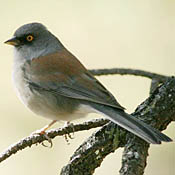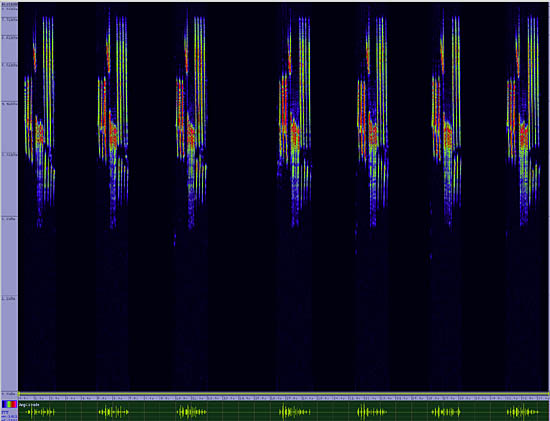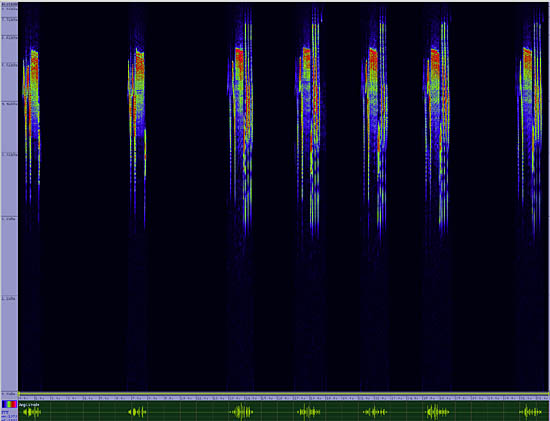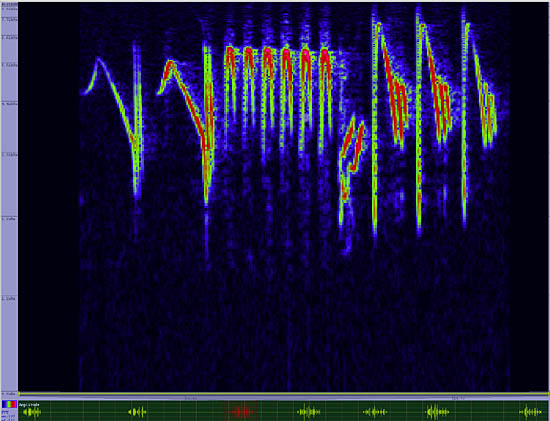Yellow-eyed Junco
Junco phaeonotus

Perching

Length: 6 in. (16 cm )
Found only in higher elevation pine-oak woodlands and coniferous forest, this junco occurs on the ground and low branches of vegetation. It eats seeds and fruits and a few insects during the summer. The nest is usually placed on the ground under a clump of grass.
The four-digit banding code is YEJU.
Bibliographic details:
- Article: Yellow-eyed Junco
- Author(s): Dr. Biology
- Publisher: Arizona State University School of Life Sciences Ask A Biologist
- Site name: ASU - Ask A Biologist
- Date published:
- Date accessed:
- Link: https://askabiologist.asu.edu/activities/bird/yellow-eyed-junco
APA Style
Dr. Biology. (). Yellow-eyed Junco. ASU - Ask A Biologist. Retrieved from https://askabiologist.asu.edu/activities/bird/yellow-eyed-junco
Chicago Manual of Style
Dr. Biology. "Yellow-eyed Junco". ASU - Ask A Biologist. . https://askabiologist.asu.edu/activities/bird/yellow-eyed-junco
Dr. Biology. "Yellow-eyed Junco". ASU - Ask A Biologist. . ASU - Ask A Biologist, Web. https://askabiologist.asu.edu/activities/bird/yellow-eyed-junco
MLA 2017 Style
Be Part of
Ask A Biologist
By volunteering, or simply sending us feedback on the site. Scientists, teachers, writers, illustrators, and translators are all important to the program. If you are interested in helping with the website we have a Volunteers page to get the process started.







